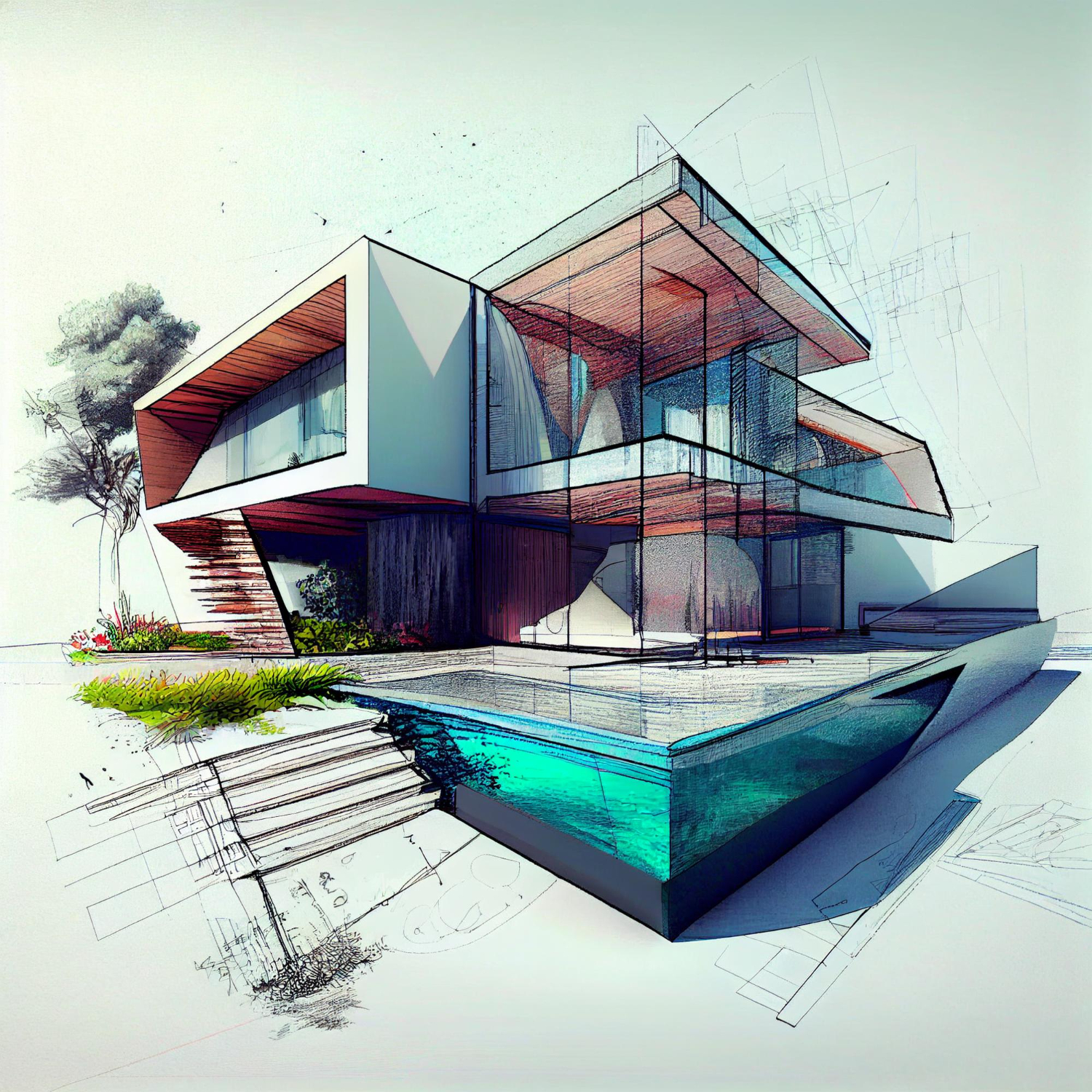In recent years, sustainable design in architecture has emerged as a pivotal trend, revolutionizing the way we conceptualize and construct buildings. This movement towards eco-friendly practices isn’t merely a passing fad; it’s a transformative shift towards a more responsible and environmentally conscious approach to design and construction.
The Evolution of Sustainable Design
Sustainable architecture, once considered a niche approach, has now become a mainstream imperative. The evolution of this concept stems from the recognition of the profound impact that buildings have on the environment. From excessive energy consumption to waste production and carbon emissions, traditional construction practices have contributed significantly to environmental degradation.
Key Principles of Sustainable Design
1. Energy Efficiency
Designing buildings that minimize energy consumption through effective insulation, passive solar design, and energy-efficient appliances and systems is a cornerstone of sustainable architecture. Incorporating renewable energy sources like solar panels further reduces a building’s carbon footprint.
2. Material Selection
Opting for environmentally friendly and recycled materials not only reduces waste but also lessens the environmental impact caused by resource extraction and manufacturing processes. Utilizing locally sourced materials also cuts down transportation emissions.
3. Water Conservation
Implementing water-saving technologies such as rainwater harvesting, greywater recycling systems, and low-flow fixtures helps reduce water wastage and promotes sustainable water management.
4. Green Spaces and Biodiversity
Integrating green spaces within urban designs promotes biodiversity, reduces urban heat island effects, and improves air quality. Rooftop gardens, vertical gardens, and community parks contribute to a healthier and more sustainable urban environment.
Innovations Driving Sustainable Architecture
1. Passive House Design
The Passive House standard emphasizes ultra-energy efficiency by minimizing heating and cooling needs through superior insulation, airtight construction, and heat recovery ventilation.
2. Biophilic Design
This design approach incorporates natural elements like plants, natural light, and views of nature into buildings, fostering a connection with the natural environment and enhancing occupants’ well-being.
3. Smart Building Technologies
Integration of smart systems for energy monitoring, automated lighting, and climate control optimizes resource usage and improves overall building efficiency.
The Impact of Sustainable Architecture
Sustainable architecture goes beyond reducing environmental impact; it enhances the quality of life for occupants. Buildings designed with sustainability in mind offer improved indoor air quality, better thermal comfort, and spaces that foster productivity and well-being.
Moreover, there’s a growing market demand for sustainable buildings. Businesses and homeowners alike increasingly prioritize eco-friendly structures due to the long-term cost savings on energy bills and the positive environmental impact.
Conclusion
Sustainable design in architecture isn’t just a trend; it’s a necessity in combating climate change and preserving the planet for future generations. Architects, developers, and policymakers must continue to prioritize sustainable practices, pushing the boundaries of innovation to create buildings that harmonize with nature while enhancing human comfort and well-being.
The future of architecture lies in sustainability. Embracing this ethos ensures that the buildings we construct today contribute positively to the environment, setting the stage for a greener and more resilient future.


Leave your comment